The second-generation Toyota Mirai is a car that takes the concept of fuel cell electric vehicles (FCEV) to the next level. The new Mirai offers contemporary styling, intelligent packaging, aerodynamic efficiency and mobility that produces no emissions other than pure water.
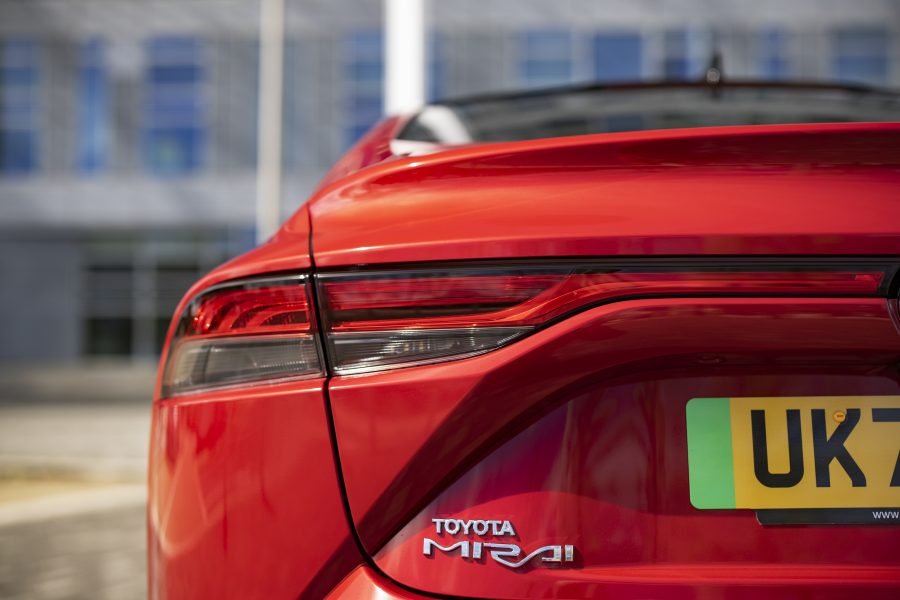
2021 Toyota Mirai: emotional appeal
The development team focused on increasing the model’s appeal beyond simply that of being environmentally friendly, making it a car that people are attracted to because of its design and driving characteristics as well as its eco-performance. Its proportions are therefore low and wide and appear dynamically planted, while the cabin offers a warm, encapsulating environment that features soft-touch materials and ambient lighting.

New Mirai’s exterior design
The appearance of the first-generation Toyota Mirai was primarily dictated by its eco-car status. However, for the second-generation model the concept was developed under the theme of ‘Silent Dynamism’ and given three objectives: 1) To capitalise on its new rear-wheel drive platform; 2) Create a wider stance with a low centre of gravity; and 3) Shape an attractive, cohesive body with reduced emphasis on character lines.
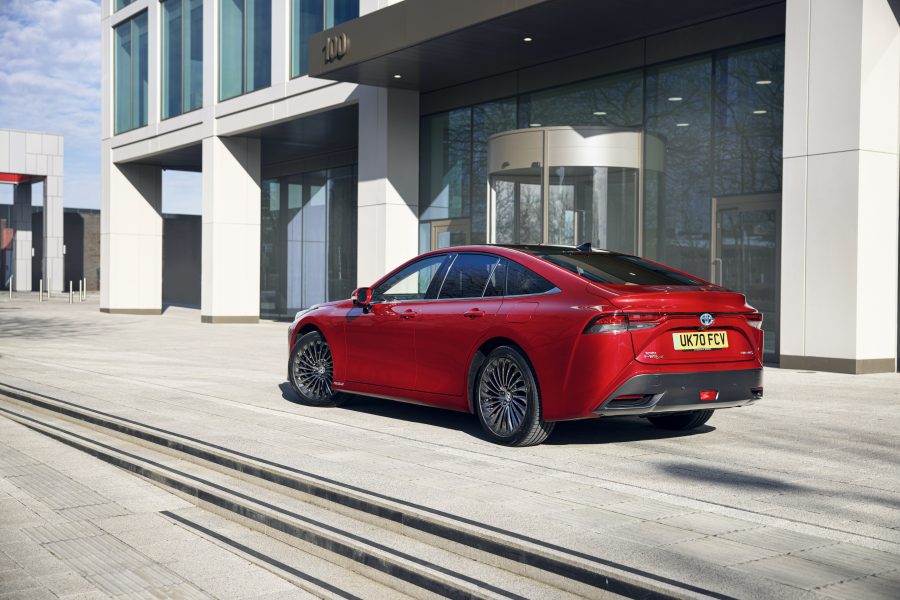
The new Mirai uses visual cues to emphasise its well-planted stance. Elements that attract the eye, such as the bright moulding along the bottom edge of the trapezoidal grille, are purposely low-set, while the integrated boot spoiler is carefully positioned to define the rear end and avoid the appearance of a high waist. The headlights – the largest ever fitted to a Toyota car – curve into the sides to emphasise the car’s width and initiate a swage that creates a subtly rising beltline.
Interior design
By using a combination of natural and man-made materials and textures, the design team has ensured that the advanced nature of Mirai has not made it cold or clinical to the senses. Instead, the interior environment actively expresses the car’s relaxing yet more fun-to-drive character.
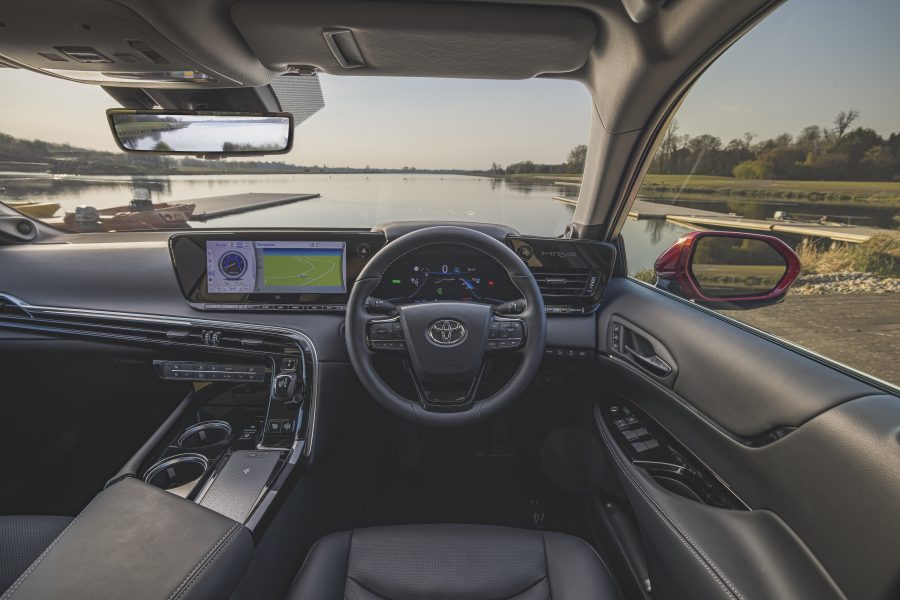
While the driver’s seat is designed to give the sense of being enveloped, the rest of the cabin has an open feel. Yet there is design continuity through both sides as the clean and uncluttered instrument panel extends the width of the car. Control switches are uniform in size and shape and grouped according to their function. Similarly, the central, 12.3-inch high-definition multimedia screen can be configured to display concurrent information on either side, and uses familiar smartphone-style touch controls.
Chassis and fuel cell system
The fact that the new Mirai is constructed on Toyota’s GA-L rear-wheel drive modular platform – itself engineered to accommodate a hydrogen fuel cell from the start – has provided a higher degree of body rigidity and a lower centre of gravity, which contributes to greater agility and more nimble, rewarding handling. The chassis is also supported by new multi-link suspension and thicker anti-roll bars for improved stability, control and ride comfort.
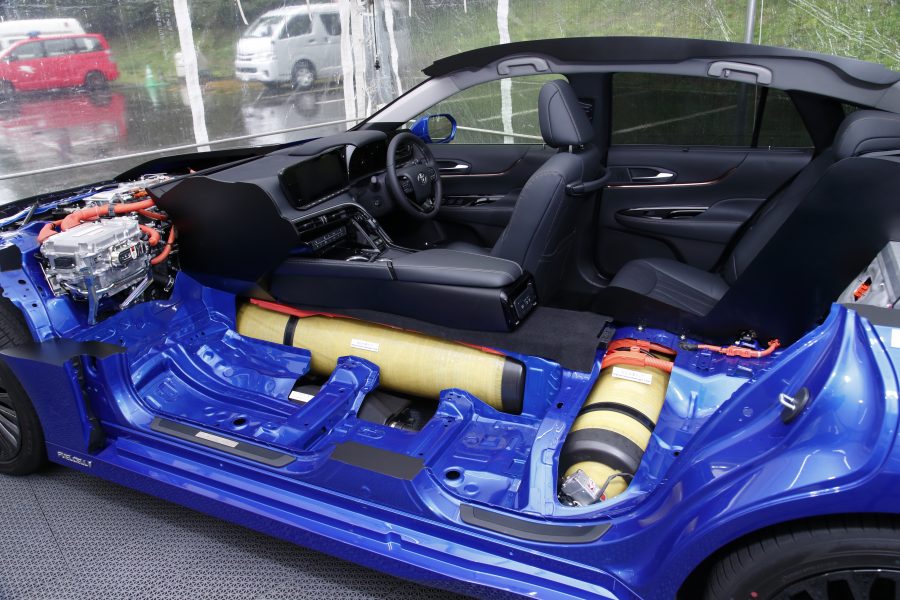
This new architecture has allowed the powertrain to be optimally located for 50:50 weight distribution. The fuel cell stack and power converter have now been consolidated into one unit and reduced in size so that it can be positioned at the front (equivalent to the engine bay), while the high-voltage battery is installed above the rear axle.
The three hydrogen tanks are now arranged in a ‘T’ configuration. The longest runs longitudinally along the centre of the car and the two smaller tanks are set transversely beneath the rear seats and luggage compartment. Together they hold 5.6kg of hydrogen, which is 30% more than before.
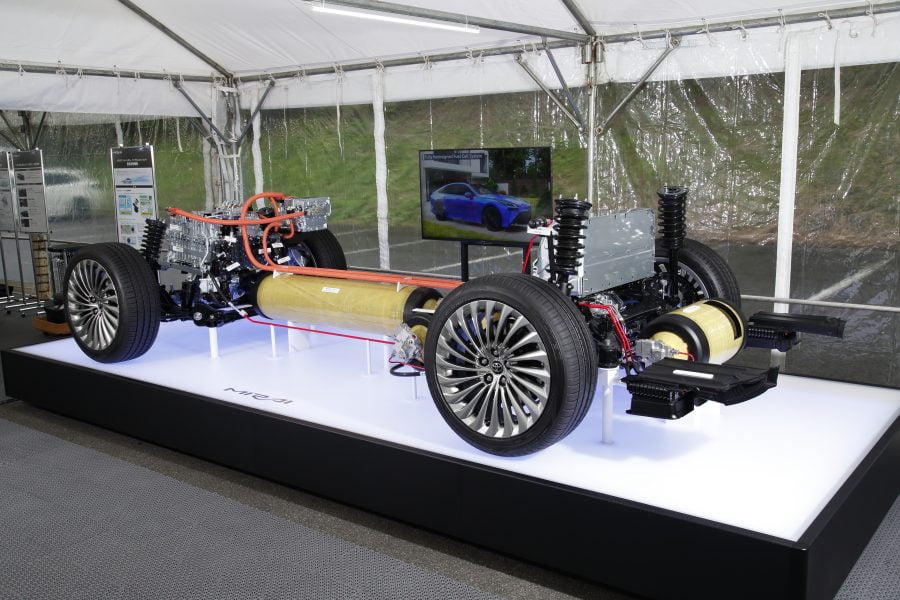
The fuel cell stack still uses a solid polymer but has reduced its cell count from 370 to 330, which in combination with many other innovations and improvements has contributed to an overall 42% weight reduction yet a 12% increase in power. Similarly, the lithium-ion battery is now smaller in size and more energy-dense. Its 84 cells are rated at 310.8 volts and have a four amp capacity.
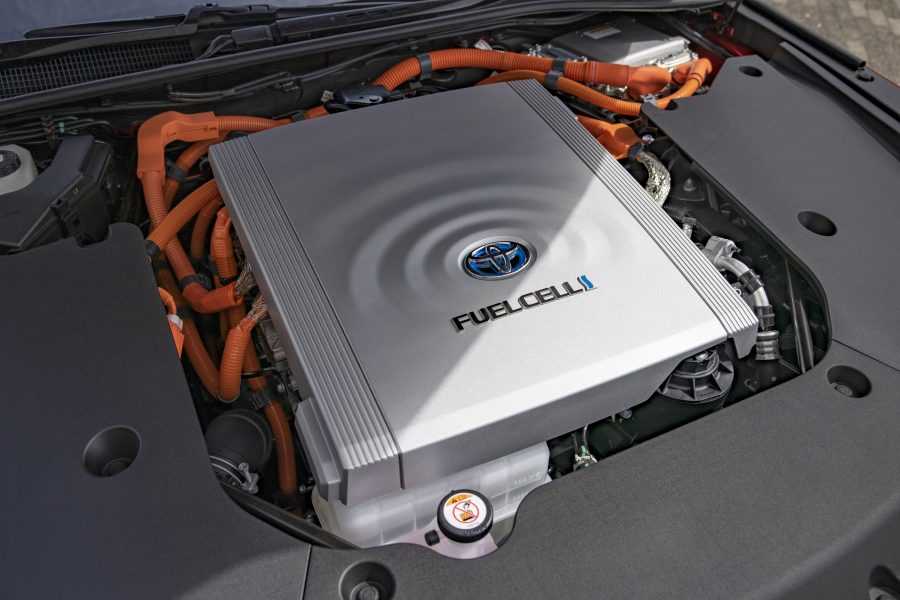
The fuel cell stack and battery work in harmony to deliver the precise level of acceleration commanded by the driver’s use of the throttle. Instant torque and maximum acceleration is available from standstill and there has been a significant improvement in mid-range urge, providing excellent response and stress-free driving on fast-flowing roads. Despite offering more power, fuel economy is actually improved, with the Mirai now offering around 400 miles between refuelling stops.
Advanced safety of the new Mirai
The new Mirai is equipped as standard with the latest generation Toyota Safety Sense. This provides a series of active safety and driver assistance systems designed to help prevent a number of common accident risks and provide superior protection to driver and passengers, should an impact happen.
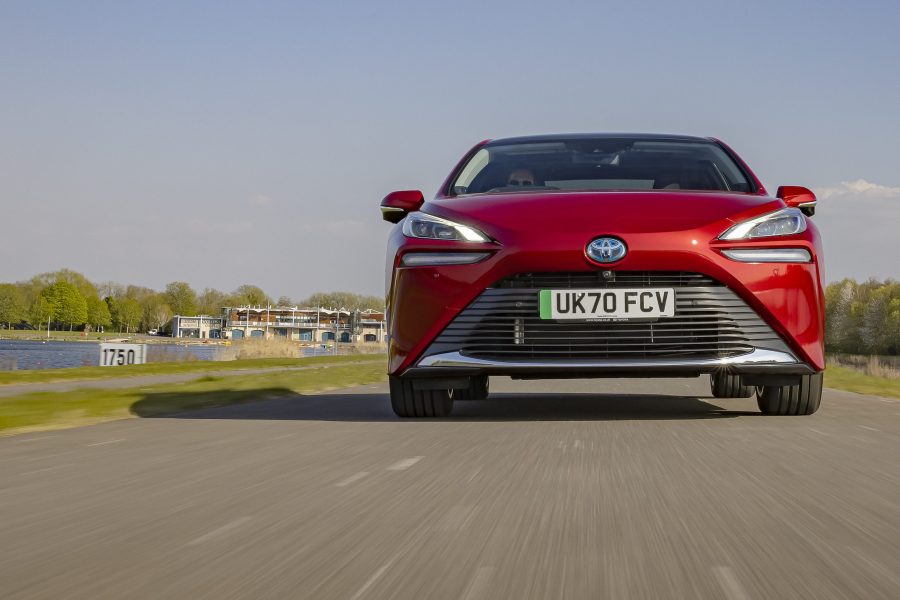
Its incredibly strong body is designed to protect vehicle occupants, the fuel cell stack and hydrogen tanks in the event of an impact. To address features specific to an FCEV, aluminium members are integrated into the fuel cell stack structure, with energy-absorbing elements to mitigate the effects of a front-end impact.
Find out what the UK media thinks of the new Mirai here
All three hydrogen tanks are double-lined with resin and located outside the cabin space, so that in the unlikely event of any gas escaping it will disperse into the atmosphere. Nevertheless, sensors throughout the car will immediately detect any leaks and illuminate a warning in the driver’s instrument display.
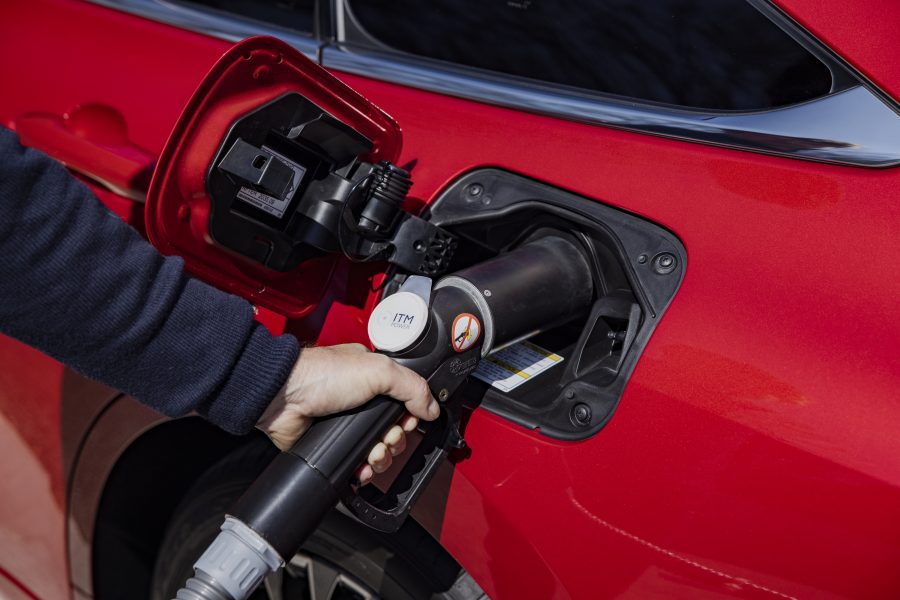
New Mirai: innovative filter
Toyota has incorporated an innovative new catalyst-type filter within the fuel cell air intake. Using an electrical charge across the filter element, it sucks up microscopic pollutants such as sulphur dioxide and nitrous oxides before neutralising them as the air they are suspended in passes through the fuel cell system. Water is Mirai’s only by-product.
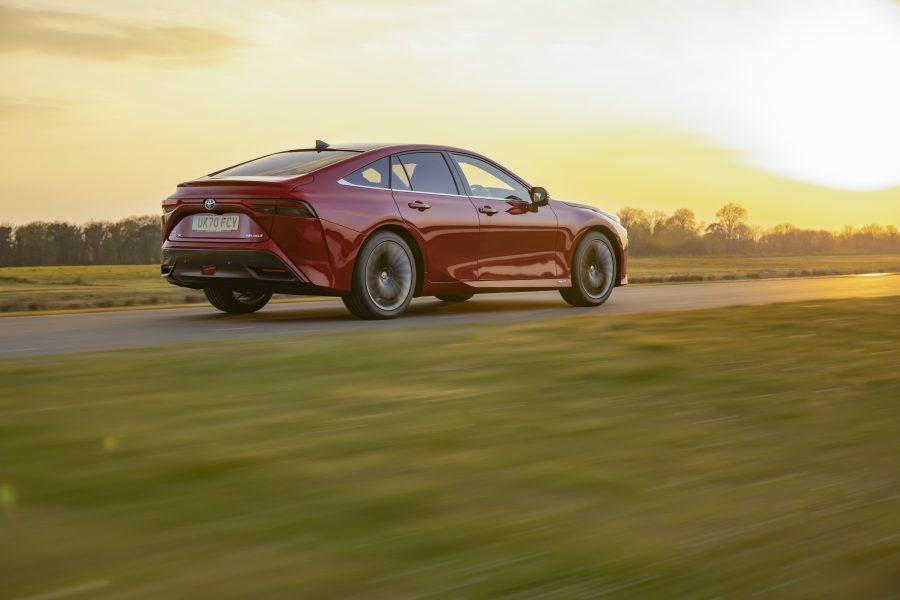
2021 Toyota Mirai technical specifications
| Fuel cell stack | Polymer electrolyte with 330 cells wired in series, 4.4-litre capacity, 52kg weight. Max output 172bhp |
| Battery | Lithium-ion with 84 cells, 310.8V (nominal), 4.0Ah capacity, 44.6kg |
| Electric motor/generator | Synchronous type with permanent magnet. Max output 180bhp with 300Nm torque |
| Drivetrain | Rear-wheel drive with 11.691:1 reduction gear ratio |
| Chassis | Multi-link suspension front and rear, rack and pinion steering with electric assistance, 2.51 turns lock-to-lock, 5.8m turning radius (to tyre), ventilated brake discs front and rear, 8×19” or 8.5×19” alloy wheels with either 235/55 R19 or 245/45 R20 tyres respectively |
| Performance | Max speed 108mph, 0-62mph in 9.0 sec, up to 400-mile EV range |
| Fuel consumption | 5.6kg fuel tank, 0.79kg per 100km (19” wheel) or 0.89kg per 100km (20” wheel) |
| Dimensions | 4,975mm long, 1,885mm wide, up to 1,480mm high, 2,920mm wheelbase, 150mm ground clearance, 321-litre luggage capacity |
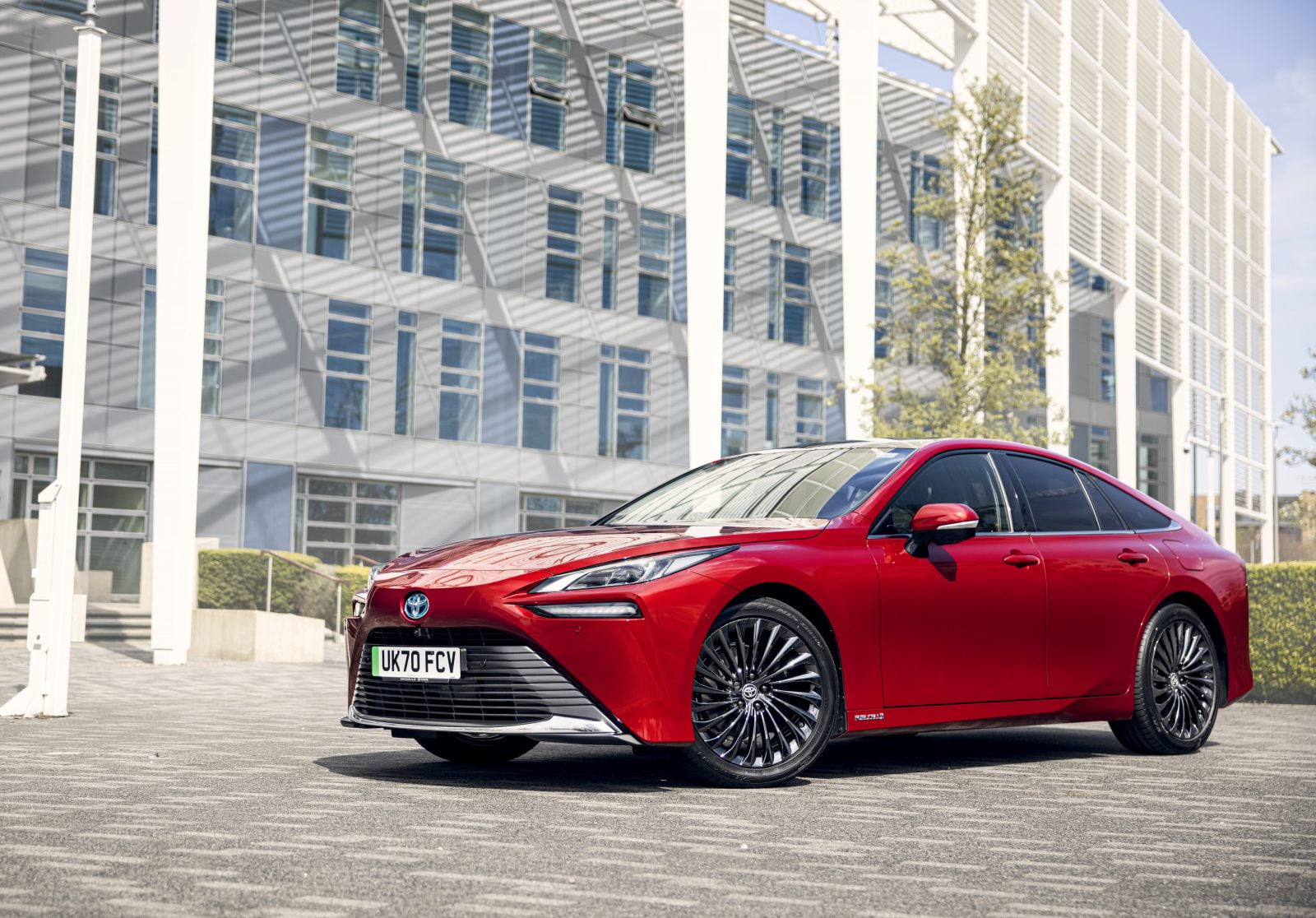
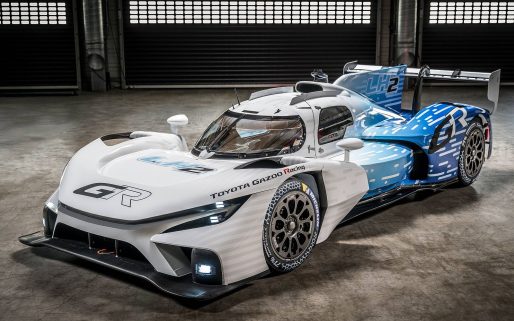
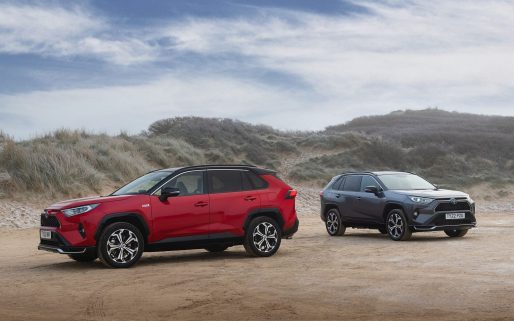
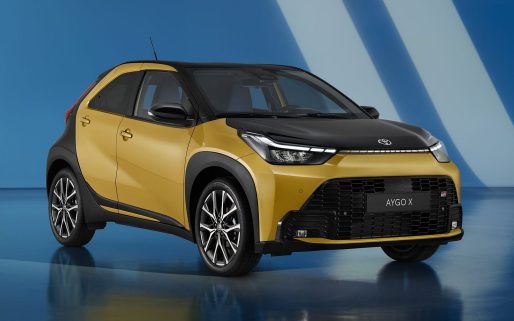

Fantastic
Where can you refill this car in the UK? If the range is 400 miles will have i have to drive 200 miles to get a refill? I certainly can’t refill at home? So I drive to a station with 10% fuel left. When I swap tanks do I get a refund for the 10% tank I have surrendered at the filling station? It appears to be a BIG risk to buy this type of fuel system. EV’s can be charged at most locations and it’s growing. Bu they can be changed at home. this decentralized system make’s the future EV network more desirable for consumers. Hydrogen would be fine for buses, trucks, trains and ships but who is manufacturing that much hydrogen at this time? No one!
Hi there,
Thanks for getting in touch. There are currently 11 hydrogen refuelling stations in the UK. We acknowledge that at this time refueling stations are mainly focused around London, however, both the Met Police and Green Tomato cars are having great success with their Mirai https://fal.cn/347M0 & https://fal.cn/347M2
The Mirai is part of our belief that there is currently no single solution and you can read more about why Toyota chose to make hydrogen cars here: https://mag.toyota.co.uk/why-does-toyota-make-hydrogen-cars
Can’t wait for price release 🙂
I am all for choice when it comes to replacing petrol and diesel vehicles, however this is more a niche product rather than a one which will become common place as there is demand in introducing a hydrogen fuelling network throughout the UK.
I have bought Toyotas for over 15 years and only recently swapped to a brand new yaris Hybrid GR Sport and although it looks nice it drives awful. The engine stays in far too low of a gear when demanding power making the engine scream as you pull away quick from a busy junction and want to pick up speed.
Sadly it looks like the new Toyota Yaris GR Sport wont be available as an EV model. Toyota are lacking where others are thriving and investment in battery technology should be huge. If we could get a Yaris EV for the same price as petrol versions and a range if 200 miles per charge it would change the way we drive.
Unless the nee yaris comes in an EV model over next couple if years I will be switching to one or the many smaller cars that have recently come out that are full EV.
Hi Keith,
Thanks for getting in touch. All our hybrids, like the Yaris GR Sport have a CVT transmission (continually variable).The CVT in our hybrids work to find the most efficient gear ratio at any given moment, and it may just be that you need time to get used to the Continually variable transmission. Have you ever driven a hybrid before?
Regarding our electrification strategy, by around 2025, every model in the our line-up will be available either as a dedicated electrified model or have an electrified option. You can read more about this here: https://mag.toyota.co.uk/electrification-across-entire-toyota-line-up-from-2025
Thanks.
Hello,
B9 Energy is developing a pilot electrolyser plant in Belfast that will produce up to 60kg/d of H2 at 350bar. Ideally we would like to use an HGV tractor unit(s) but would consider several cars if they are compatible and available.
Kind Regards
David
Hi David,
Thanks for getting in touch. We would recommend contacting one of our fleet team to discuss this further. You can find their contact details via this link: https://www.toyota.co.uk/contact-us/
Thanks.
Hi David, The Mirai uses 700bar storage, can you compress that in real time at the pump?
Get me one of these please.
I followed a link t here because in a year or so I will be looking for an EV, and (subject to fuel availability outside London) would prefer hydrogen fuel cell . . . but not this, its just too big. Lets hope I rediscover your advertising when you have a hydrogen vehicle no bigger than a Yaris, and preferably slightly shorter.
Hi Alan,
Thanks for getting in touch. We hope to see you behind the wheel of a hydrogen FCV in the future! You can find out more about why we produce hydrogen cars here: https://mag.toyota.co.uk/why-does-toyota-make-hydrogen-cars
Thanks.
Such an exciting time in the history of the ‘Automobile’. This 2nd generation Mirai is a very bold move and I recon people will want this care for it’s looks and Lexus like interior and not just it’s fuel cell tec. Will it have a low speed battery/hybrid drive like the current model and will Toyota consider improving the Kwh capacity for greater flexibility around town? Please don’t price it out of reach of 99% of us!
Hi Michael,
Thanks for getting in touch with us. We also love the Mirai’s attractive design.
The new Mirai will have hydrogen fuel cell technology similar to the current model and will have a 30% greater driving range than the current generation.
We currently don’t have any more information to share, but keep an eye on our blog and social channels for the latest updates!
Thanks.
Hi Tony,
Thanks for your comment.
A Hydrogen Refuelling Station (HRS) refills FCEVs with pressurised hydrogen.
This system consists of hydrogen storage tanks, hydrogen gas compressors, a pre-cooling system, and a hydrogen dispenser, and it dispenses hydrogen to pressures of 350 or 700 bars depending on the type of vehicle.
The hydrogen is stored at an intermediary pressure and then compressed to the correct pressure for the vehicle that you are refuelling.
Thanks.